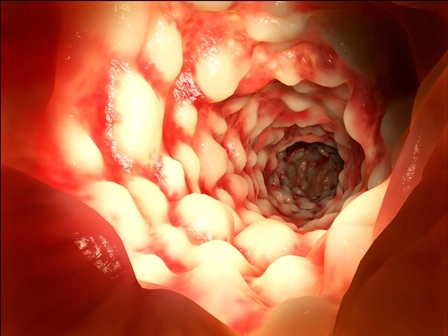Don't Forfeit Payment for Heel Spur Treatments

Hint: Check for casts and other devices.
If you’re reporting heel spur excision as a lone procedure, you could be leaving money on the table. Your surgeon may be doing more than just an excision and not capturing those services means lost pay. Let the advice that follows guide you to accurate and complete claims. You report code 28119 (Ostectomy, calcaneus for spur, with or without plantar fascial release) if your surgeon excises a calcaneal spur. You report this code regardless of whether your surgeon makes release incisions on the stressed or irritated plantar fascia. You may read in the operative note to confirm any fasciotomy done by your surgeon.
If your surgeon removes a part of the calcaneus, you report code 28118 (Ostectomy, calcaneus).
Look for Casts and Devices
Check the procedure notes for details on any casts applied. Your surgeon may apply a walking cast at the time of the heel spur surgery. Keep in mind that the first cast applied at the time of surgery is a part of the global package; you may report subsequent casts, if any. For instance, for a short leg cast, you would report 29425 (Application of short leg cast [below knee to toes] walking or ambulatory type).
Note: A change of cast in the global period requires you to confirm if there was a cause for the change. For example, your surgeon may decide to change the cast due to a pressure ulcer. In this case, you report 29425 for the cast and append modifier 58 (Staged or related procedure or service by the same physician during the postoperative period) to the cast application code. In addition, you also report the diagnosis code 707.06 (Pressure ulcer, ankle), 707.07 (Pressure ulcer, heel), or 707.09 (Pressure ulcer, other site) depending upon where the pressure ulcer is located. If your surgeon documentation does not support the location of the ulcer, you may report code 707.00 (Pressure ulcer, unspecified site).
Cast applied later? You may read that your surgeon did apply a cast but only after the surgical excision of the heel spur was completed. For example, your surgeon may choose to defer the cast application due to excessive swelling, although this is fairly rare.
In this case, you’d append modifier 58 (Staged or related procedure or service by the same physician or other qualified health care professional during the postoperative period) to report the application of a cast in the physician’s office during the postoperative period. You may bill separately for a cast put on in the office
Devices matter: Don’t forget to code for other devices that your surgeon may add after the cast is applied. For example, you may report 29440 (Adding walker to previously applied cast) if your surgeon later adds on a walker to mobilize the patient.
Payer preview: Remember to check with your carrier before reporting orthotic devices, as payer rules and allowances may vary. For instance, depending upon your carrier’s discretion for the L and E codes, you would report L3480 (Heel, pad and depression for spur) and L3485 (Heel, pad, removable for spur), as well as heel elevators E0370 (Air pressure elevator for heel) for orthotic devices used, if any. Your surgeon may use these for an accompanying plantar fasciitis.
Record Any Injections
Also, you may report the appropriate J codes if your surgeon uses corticosteroid injections to reduce the inflammation. You will also report 20550 (Injection[s]; single tendon sheath, or ligament, aponeurosis [e.g., plantar "fascia"]) for the injection.
Make Sure There Is No Fracture
Read through the clinical note to confirm that the pain in the heel and foot are not due to stress fractures in the calcaneus. You need to ensure that your surgeon clearly specifies the diagnosis of heel spur in the operative note. A short leg cast (29425) may be used for both heel spur as well as for calcaneal stress fractures treatment.
If your surgeon is treating calcaneal stress fractures, your choice of codes changes. You report codes 28400 (Closed treatment of calcaneal fracture; without manipulation).
Heel spur and calcaneal stress fracture are entirely different conditions and you report diagnosis code 733.95 (Stress fracture of other bone) for a calcaneal stress fracture.
Make this distinction: When your surgeon is treating plantar fasciitis alone and does no heel spur excision, you have unique codes to turn to. You report 28060 (Fasciectomy, plantar fascia; partial [separate procedure]) or 28062 (Fasciectomy; plantar fascia; radical [separate procedure]) for a partial or total fasciectomy. If your surgeon only makes incisions in the plantar fascia to release stress, you report code 28008 (Fasciotomy, foot and/or toe). "Another option is 28250 (Division of plantar fascia and muscle [e.g., Steindler stripping] [separate procedure])," says Heidi Stout, BA, CPC, COSC, PCS, CCS-P, Coder on Call, Inc., Milltown, New Jersey and orthopedic coding division director, The Coding Network, LLC, Beverly Hills, CA.

